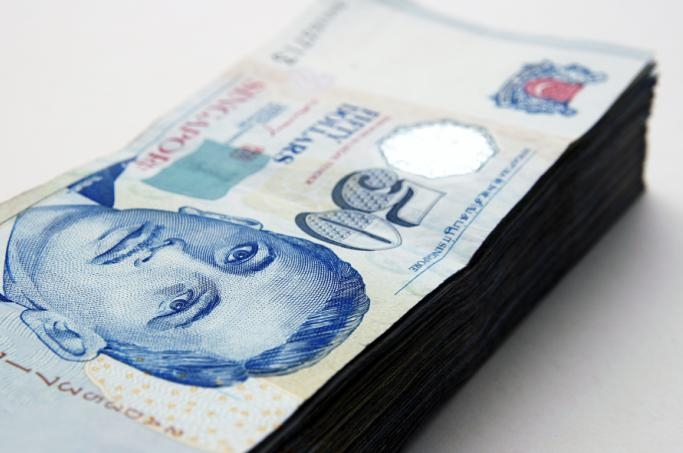
Currency Briefing - what you need to know for Thurs March 29, 2012
The Singapore dollar sits at $1.2852 against the US dollar.
IG Markets Singapore said:
The Singapore dollar has traded sideways against the greenback in the last 24 hours, taking a breather from thoughts of quantitative easing by the Fed.
The local currency sits at $1.2852 against the US dollar. The greenback had initially weakened at the possibility of QE3 and flooding the US economy with cheap dollars. But the markets may have read too much into Ben Bernanke’s comments as these hopes have cooled.
This recharged the US dollar which has gained slightly against Asian currencies.
The currency pair is likely to continue to track movements in the euro against the US dollar, while remaining in a tight range staying below $1.26.
The eurozone is starting to look safer with a financial firewall beginning to take shape after Germany partially agreed to combine the two rescue packages into a €940 billion safety net.
RBS meanwhile noted (for 28 March 2012 trading):
The USD strengthened against the majors during the US day as risk-oriented currencies broadly took their cue from a decline in US equity markets and US treasury rates increased slightly, providing some support for the USD.
Looking ahead, G10 data released tomorrow looks likely to be broadly supportive of risk appetite. The January ONS index of services in the UK will provide a first look at services data to be included in 1Q GDP estimates.
Our UK economics team expects the services index to rise 0.2% m/m in January, a pace likely supportive of the UK avoiding a technical recession, and sees risks to the upside. Also, US 4Q GDP revision may surprise sharply to the upside after the 4Q services survey suggests an upward revision towards 3.5% q/q SAAR or better.
On the back of such a strong upward revision, our preferred positions would be long CAD vs. USD or EUR, as the Canadian economic outlook would likely improve on the back of stronger US data. Both EUR/CAD and USD/CAD remain overvalued compared to our estimates of short-term fair value.
GFT, on the other hand, reported (for 28 March 2012 trading):
The U.S. dollar continued to rebound against all of the major currencies with the exception of the Japanese Yen. The decline in USD/JPY reflects the impact of repatriation flows but also confirms that risk aversion is the predominated theme in the financial markets today.
High beta currencies such as the EUR/USD, GBP/USD, AUD/USD fell sharply after the U.S. durable goods report and remained weak throughout the North American trading session. Durable goods were softer than expected but not terrible enough to take credit for the sell-off in equities and currencies.
Orders for items made to last for more than 3 years fell 2.2 percent last month after an upwardly revised decline of 3.6 percent. Economists had been looking for a larger 3.0 percent rise but durable goods orders are notoriously volatile.
Excluding transportation orders, durable goods rose 1.6 percent. Despite the improvements in the labor market Americans have been spending very conservatively, pinching pennies wherever they can.
The softer than expected increase in durable goods confirms that the U.S. recovery is losing momentum and performing at a slower pace than economists had anticipated. Although this should be more bearish than bullish for the U.S. dollar, the greenback still lives and dies by safe haven flows.
The final release of fourth quarter GDP is due tomorrow and no revisions are expected, leaving jobless claims as the main number to watch.
























 Advertise
Advertise






